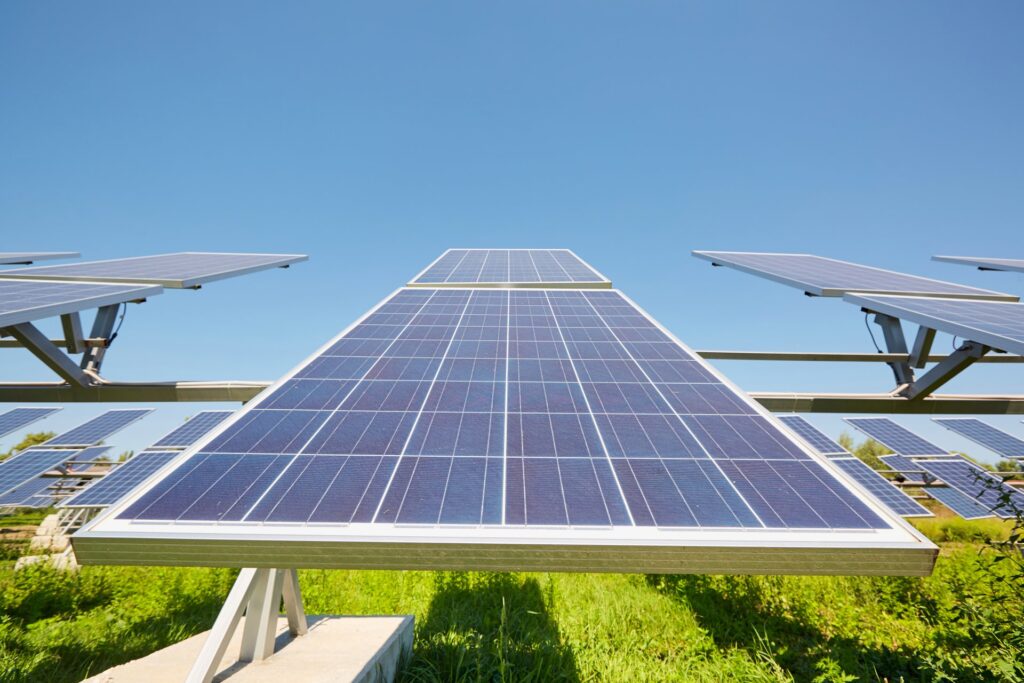Solar panel technology has been advancing rapidly over the years, leading to the development of smaller and more efficient solar panels. This trend is primarily driven by the demand for more versatile and adaptable solar solutions that can be integrated into various environments and applications. Some of the key factors contributing to the miniaturization of solar panels include:
- Increased Efficiency: Advances in solar cell technology have led to the development of more efficient solar cells that can generate higher power outputs within smaller surface areas. This increased efficiency allows for the creation of smaller solar panels that can produce the same amount of energy as larger, less efficient panels.
- Technological Innovations: Researchers and manufacturers continue to innovate and experiment with new materials, designs, and manufacturing processes to improve the efficiency and performance of solar panels. This ongoing research has led to the creation of thinner and lighter solar panels that maintain or even surpass the power output of traditional, larger panels.
- Flexible and Thin-Film Solar Panels: The development of flexible and thin-film solar panels has revolutionized the solar industry by enabling the production of lightweight and bendable panels that can be integrated into a wide range of applications. These panels are not only smaller in size but also offer greater versatility in terms of installation and usage.
- Integration in Various Applications: The trend toward smaller solar panels is also driven by the need for solar technology to be integrated into various products and structures, such as buildings, vehicles, and portable electronic devices. Smaller solar panels allow for seamless integration into these diverse applications, providing power generation capabilities in spaces where traditional, larger panels may not be feasible.
As the demand for sustainable and renewable energy solutions continues to grow, the trend toward smaller and more efficient solar panels is likely to persist, with a focus on maximizing power output while minimizing the physical footprint of the panels. This trend will further promote the integration of solar energy into everyday life, contributing to the widespread adoption of clean energy solutions.


